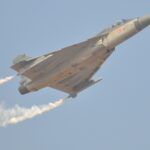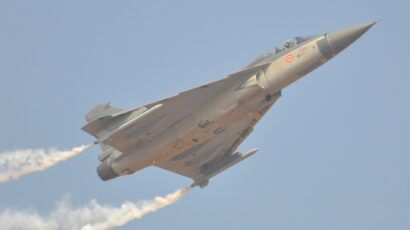Destroying Pakistan to deter India? The problem with Pakistan’s battlefield nukes
By Jaganath Sankaran | July 1, 2014
How many battlefield nuclear weapons would it take for Pakistan to stop a major armored attack by the Indian army? How big would each bomb have to be? Would the cost in civilian Pakistani deaths—not to mention deaths among its own military caught on the nuclear battlefield—be so great as to make it self-defeating for Pakistan to use the bombs? At first glance, the main advantage of Pakistan’s new battlefield nuclear weapon—known as the Nasr missile—would appear to be its ability to slow down and stop an armored attack by the Indian Army inside Pakistan, before it reaches vital cities. But deeper examination reveals that deploying this particular weapon on the battlefield against an advancing Indian armored column would cause substantial deaths and injuries to Pakistani citizens, rendering its purpose moot. If there is any value to a Pakistani nuclear weapon, it lies instead in the bigger strategic picture: Its mere presence means that Pakistan has the ability to threaten India’s cities and military garrisons with retaliation in response to an Indian incursion.
Together, we make the world safer.
The Bulletin elevates expert voices above the noise. But as an independent nonprofit organization, our operations depend on the support of readers like you. Help us continue to deliver quality journalism that holds leaders accountable. Your support of our work at any level is important. In return, we promise our coverage will be understandable, influential, vigilant, solution-oriented, and fair-minded. Together we can make a difference.
Issue: Bulletin of the Atomic Scientists Volume 70 Issue 4
Keywords: India, Nasr, Pakistan, battlefield, deterrence, missile, strategy, war, warfare, weapons
Topics: Nuclear Weapons















